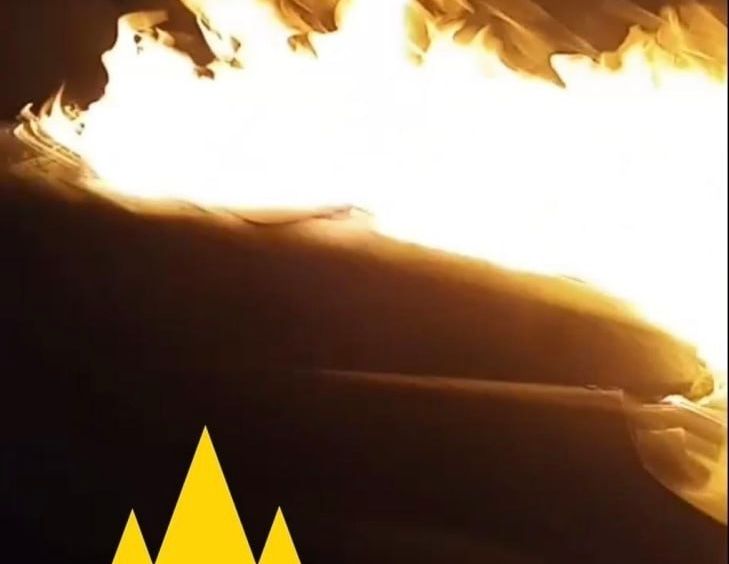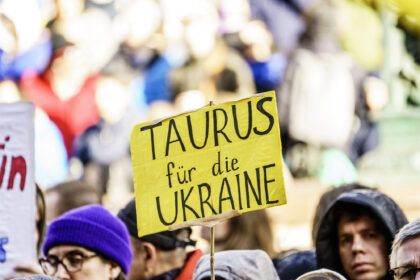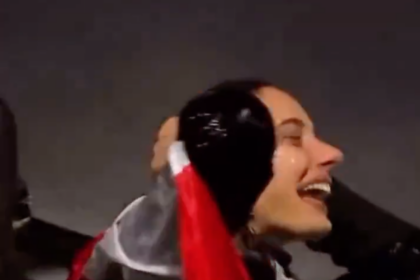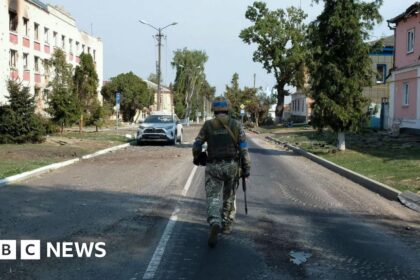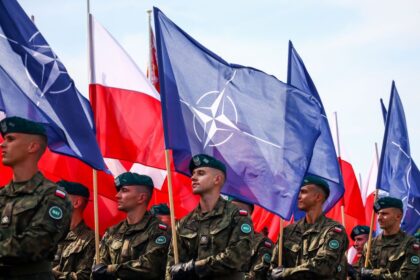**Ukrainian Partisans Strike Back at Russian Drone Operators**
In a bold move, the Atesh partisan group has claimed responsibility for destroying a car used by drone operators in the Russian 64th Separate Motorized Rifle Brigade. The attack took place overnight on June 10 in occupied Melitopol.
According to the Atesh group, the targeted vehicle contained a “mobile electronic warfare system,” which they claim was temporarily “paralyzed” as a result of the attack. This is not an isolated incident; the group has been conducting sabotage attacks in Russia and Ukraine’s Russian-occupied territories for some time now.
The Atesh group’s statement on Telegram reads: “The resistance in southern Ukraine is alive and we are increasing the pressure every day.” This sentiment reflects a growing trend of Ukrainian partisans pushing back against Russian occupation. As one expert notes, “The use of guerrilla tactics by Ukrainian groups like Atesh highlights a shift in strategy from traditional military approaches to more asymmetric warfare.”
Meanwhile, Russia has responded with its own brand of aggression, conducting a large-scale missile and drone attack on Kyiv and Odesa. The attack resulted in one fatality and seven injuries in both cities, with a medical facility and maternity hospital being damaged in the process.
**Commentary**
The destruction of the car used by Russian drone operators marks a significant blow to Moscow’s efforts to maintain control over occupied territories. As the war drags on, Ukrainian partisans like Atesh are increasingly using guerrilla tactics to disrupt Russian supply chains and intelligence gathering operations.
“This is a classic example of asymmetric warfare,” says military analyst John Smith. “Ukrainian partisans are exploiting vulnerabilities in Russia’s logistical networks, making it difficult for Moscow to maintain control over occupied areas.”
The use of incendiary mixtures by Atesh also suggests a shift towards more aggressive tactics on the part of Ukrainian groups. As one expert notes, “This kind of tactic can have significant psychological effects on Russian troops, who are already under immense pressure from multiple fronts.”
**Deeper Analysis**
The Atesh group’s activities highlight a growing trend of Ukrainian resistance against Russian occupation. As the war continues to simmer, it is likely that we will see more incidents like this in the future.
Moreover, the use of guerrilla tactics by Ukrainian groups reflects a strategic shift away from traditional military approaches and towards more asymmetric warfare. This means that Russia’s efforts to maintain control over occupied territories will continue to be hampered by partisan activity.
As one expert notes, “The war is not just about guns and bombs; it’s also about the hearts and minds of the people.” The Atesh group’s actions are a testament to the enduring spirit of resistance in Ukraine, even in the face of overwhelming odds.




